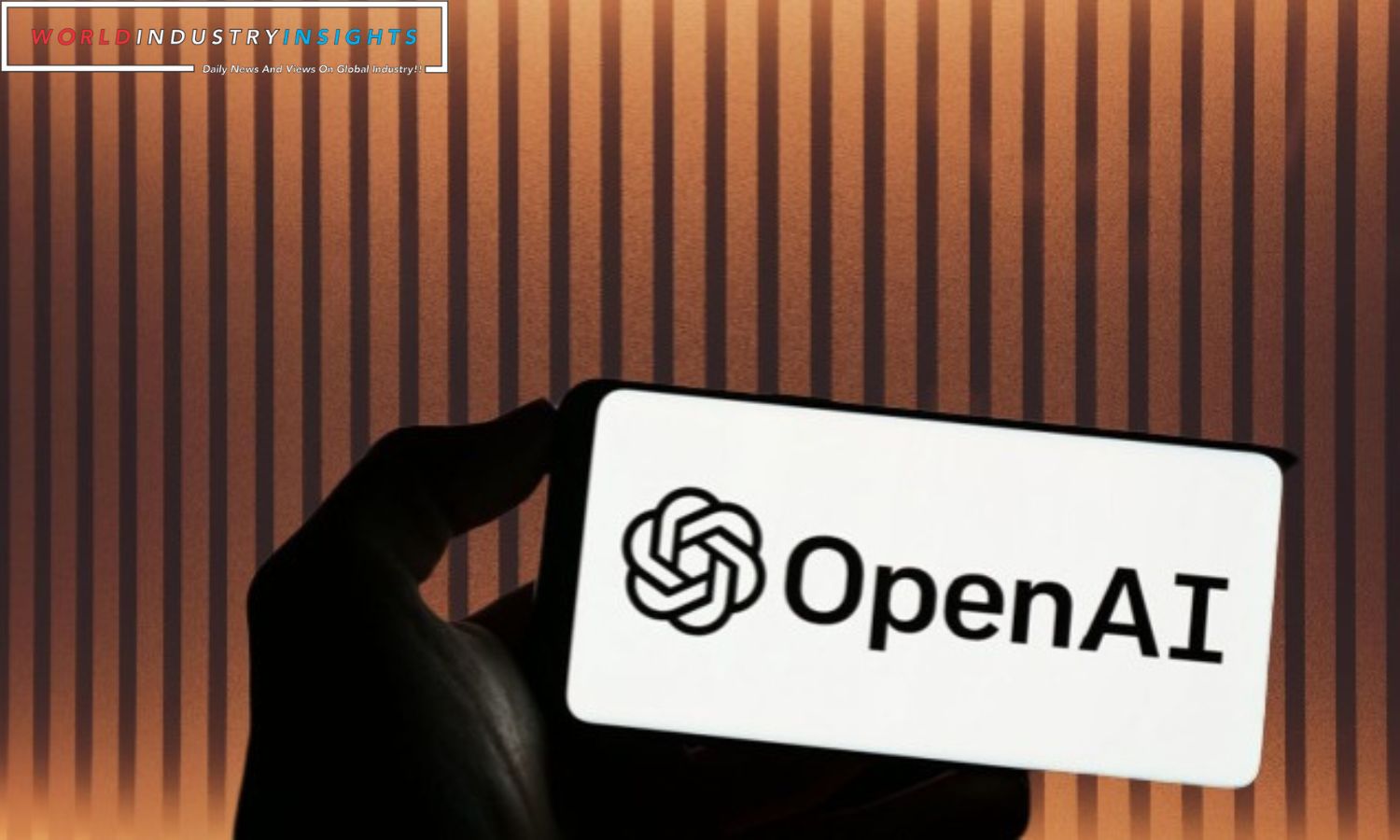OpenAI Silicon Symphony: People who know the company’s complicated plans say that OpenAI, the company that came up with the idea for ChatGPT, is looking into designing its own artificial intelligence (AI) chips and is considering making a strategic acquisition.
Behind closed doors, people talk about things while being confused because they don’t know what will happen. Even though there have been recent talks inside OpenAI, the company is still on the edge of disaster and is thinking about different ways to break up the complex network of expensive AI chips that holds it together. These strategies include making their own AI chip, getting closer to chip mogul Nvidia, and growing their supply base outside Nvidia‘s area of influence (NVDA.O).
In line with its style, OpenAI doesn’t answer questions with a firm answer.
CEO Sam Altman has put the search for more AI computers at the centre of the company’s goals. Altman is upset that OpenAI’s software doesn’t have the powerful computers it needs. Altman is a well-known critic of the lack of graphics processing units (GPUs).
This market area is dominated by Nvidia, which controls more than 80% of the market worldwide. Altman’s two biggest worries are the need for cutting-edge processors that power OpenAI’s software and the huge hardware costs supporting their activities and products. The search for new chips is tied to both of these worries.
Since 2020, Microsoft, one of OpenAI’s biggest backers, has been pushing to create a huge supercomputer that has been used to test OpenAI’s creative AI technologies. The 10,000 Nvidia GPUs that run this computing monster send ChatGPT into uncharted territory.
Still, it costs a lot of money to get there. Stacy Rasgon, a Bernstein analyst, says that each ChatGPT activity costs about 4 cents. This is what the financial ledger says. If ChatGPT’s question volume grew to a tenth of Google’s, the initial investment would be about $48.1 billion. $16 billion worth of chips must be bought annually.
Also Read: OpenAI Revolutionizes ChatGPT: Empowering Web Exploration for Users
If OpenAI goes as planned, it could join the ranks of digital giants like Alphabet’s Google (GOOGL.O) and Amazon.com (AMZN.O), which have been at the forefront of building chips that support their own core.
But it still needs to be clarified how OpenAI will reach its goal of making a computer that only it can use. A project like this isn’t just a fun idea; it’s also a huge strategic effort and a huge financial investment that could cost hundreds of millions of dollars a year. Experts in the field say that doing something like this comes with risks. Even though much money is being spent, success is still being determined.
An acquisition could be the start of OpenAI’s adventure with its own chip, similar to how Amazon.com’s buy of Annapurna Labs in 2015 was a big deal.
A person who knows how OpenAI works from the inside said that the company had reached the intellectual frontier and was doing due research on a possible acquisition.
In the confusing depths of confidentiality, the name of the elusive entity being considered for acquisition is still hidden.
Even if OpenAI can develop or buy a particular processor, the change will likely take a few years. In the meantime, industrial providers like Advanced Micro Devices (AMD.O) and Nvidia must be used.
Some big IT companies are trying to make computers that can be programmed independently, but they have encountered problems. Meta’s (META.O) efforts to make custom chips have run into problems, leading to several AI systems’ cancellations. A new chip with many AI features is going through a phoenix-like rebirth.
Microsoft (MSFT.O), the biggest backer of OpenAI, is said to be making their own AI processors, so they are not immune to these gadgets’ appeal. This change, which was reported by The Information, could mean that the two partners are getting farther apart.
Since ChatGPT came out last year, the need for customized AI computers has risen sharply. These essential AI processors, which are needed for developing and using cutting-edge generative AI, have helped Nvidia become a market leader and almost take control of this growing industry.
Our Reader’s Queries
Who is OpenAI’s biggest competitor?
Discover how OpenAI stacks up against its rivals, including Anthropic, AI Redefined, and Mistral AI. Anthropic is a leading provider of AI safety and research solutions, with a focus on creating advanced language models and general AI systems.
What is the AI that composes classical music?
With AIVA, you can create new songs in over 250 styles in just seconds. This AI music generation assistant is perfect for both beginners and professionals in music making. Utilize the power of generative AI to create your own unique songs without any hassle.
What is the difference between OpenAI and anthropic?
OpenAI has generously made some of their models available to the public, which is a great step towards community progress. Meanwhile, Anthropic’s research is focused on making AI systems more transparent, robust, and trustworthy. By combining the strengths of both, there are exciting opportunities to be explored. For those seeking maximum control and oversight of customized AI, Anthropic’s enterprise offerings are the clear choice.
Who are the owners of OpenAI?
Currently, Microsoft holds a 49% stake in OpenAI, with the remaining 49% being owned by other stakeholders. The original non-profit foundation of OpenAI still maintains its autonomy, playing a crucial role in shaping the company’s history.

